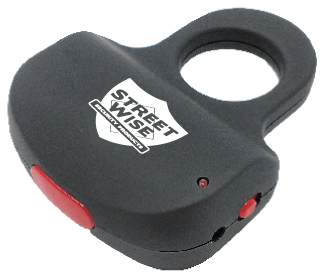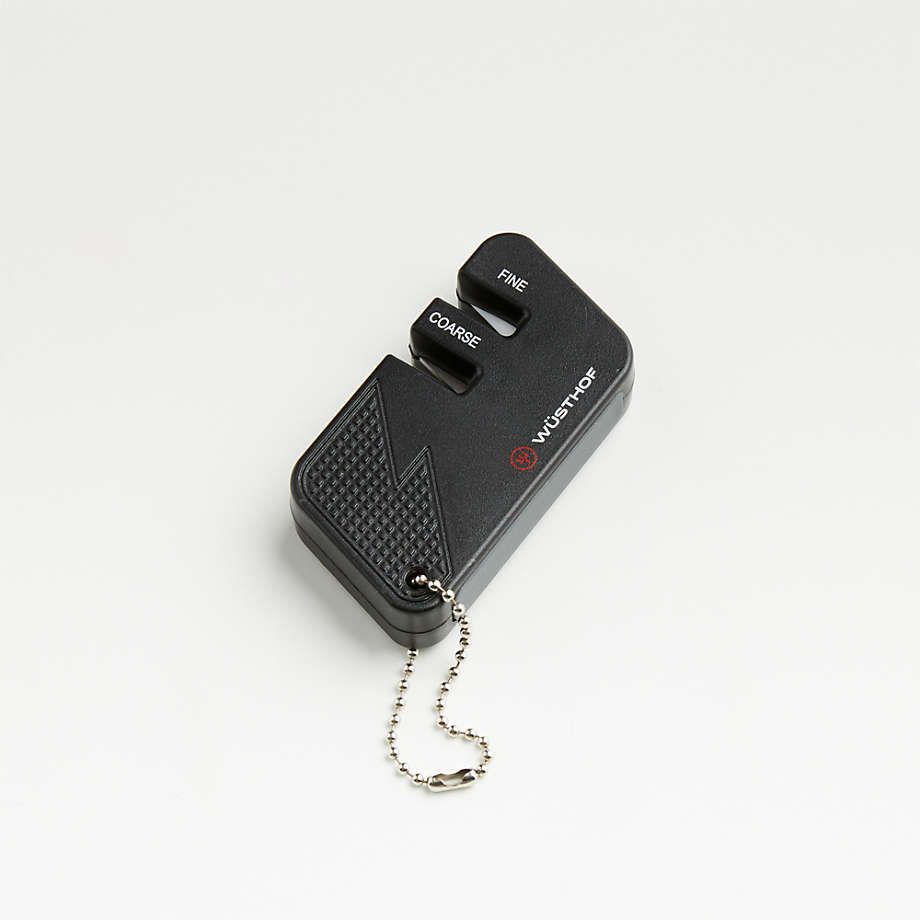
A personal fall arrest device consists of many parts. These components are the Anchor point, Connectors (body harness), and the fall arrest device. To ensure safety, the components of a personal fall arrest device work together. They must also be designed so that injuries are prevented in the event of a falling object.
Connectors
Connectors, which are flexible, adaptable pieces of equipment found within a personal fall-avoid system, can be connected to any piece of equipment. These can be connected to either a safety harness or an anchorage device. These connectors can be adjusted in length. The connectors should not exceed 2 meters in length.

For workers who work in high areas, connectors are essential. Connectors link the worker’s full-body harness and the secure anchorage points. Some connectors are shock-absorbing lanyards or self-retracting lifelines, while others are simple lanyards. The worker's requirements will determine the type of connector they need.
Body harness
A body harness is a vital part of a personal fall arrest system. You should make sure the harness is tight around your waist. It shouldn't be too loose or it could cause severe injuries during a fall. The body harness must also be in good order and should not show any signs of wear. A D-ring may be found on the harness' back to provide fall arrest, as well as several other places for positioning, restraint or rescue. A connecting device such as a belt or lanyard should be included in the harness to ensure a secure connection between your body harness and the anchor point.
A personal fall arrest system consists of a body-hash and an anchorage. The anchorage points connect the worker's safety harness with a supporting structure. Anchorage points should be able to withstand a maximum of 5,000 pounds. The connectors are critical components of a personal falls arrest system. These can include a self-retracting or lanyard.
Shock-absorbing lanyard
One of the most critical components of a personal fall arrest system is shock-absorbing Lanyards. They are usually made from webbing and designed to reduce impact forces. The lanyards are usually attached to a horizontal safety line or anchorage system. If a worker is at risk of falling over one story, it is best to use a shock-absorbing rope.

A PFAS includes many parts. The shock-absorbing lanyard is the first component. This lanyard reduces falls-arresting forces by 60% to 80 percent. The harness and connecting devices are two other parts of the system. The connection devices can be made from energy-absorbing lanyards, self-retracting lifelines, rope grabs, and retrieval systems.
FAQ
How much does it cost to enroll in a self-defense course?
There are many self-defense courses available. Prices vary depending on where you live, and whether you are attending in person or online.
Some schools charge only $50 per month, while others can charge up to $200.
Local community centers are a great option if you are looking for an affordable alternative. Many of these places offer free self-defense lessons.
What are some self defense tips for women?
You must be able to quickly react to threats when practicing self-defense. This means that you need to be prepared for anything.
Training with a friend is one of the most rewarding things you can do. Training with a friend allows you to practice together and improve your technique.
Another tip is to practice with something heavy. You'll be more likely than your attacker to attack you if you have something heavy.
Which place is best for self-defense training?
In your own backyard, self-defense is best. If you don’t own enough space, you could practice elsewhere.
You can practice anywhere you like, including in a parking lot, a park, or in your living space. It's important to keep your eyes on the road and pay attention to your surroundings.
You shouldn't practice alone. This can be dangerous. Always practice with your partner.
Pepper spray is a great self-defense tool.
Pepper spray is an effective weapon for self-defense. It is fast-acting and simple to use. However, you should always practice proper techniques when using pepper spray.
As the first line against violent attackers, pepper spray shouldn't be used. You should immediately dial 911 if you are threatened with violence.
What are some easy self-defense moves?
Self-defense methods include punches. You may also be able to use grappling techniques such as wrestling, judo and jujitsu or karate, taekwondo and karate.
To protect yourself from an attacker trying to harm you, self defense techniques can be used.
They can also be used to defend themselves against another person being attacked.
There are many self-defense methods. You should choose the one that best suits you.
What's the best weapon you can carry for self defense?
The best weapon to use for self-defense is a sharp knife. Even though you may not feel the need for a knife, it will come in handy if someone attempts to attack you.
It doesn't mean you have to buy a $100 folding blade just to keep yourself safe. You can get the job done with a simple knife and a pocketknife. For any emergency, you can add some extra tools.
Statistics
- Saying this, Self defense 101 would be the importance of situational awareness, which can never be replaced by the finest of martial arts, because it is this that would help you to avoid any likely attacks in the first place. (worldofselfdefense.com)
- Most likely, the person will want some kind of boxing match, so if you can out-box them, this would be 100% ideal for survival. (budodragon.com)
- Boxers aren't allowed to fight in a clinch, which is a position that occurs in 80% of the streetfights. (mmaclan.com)
- Most likely, you'll get tapped out by 90% of the people in your first 3-5 months. (mmaclan.com)
External Links
How To
What type of self defense should I learn?
Self-defense is a broad term that covers a wide range of options. There are many types of self-defense you can learn. Here are some of the most common ones:
-
Boxing – Because you can fight with your hands, boxing makes a great self-defense option. Although most people believe only men can fight, boxing is possible for women. Women can learn boxing through various methods, including private lessons, gyms, and online courses.
-
Wrestling - Many people believe that wrestling isn't a real sport, but it actually is. Wrestling was once America's national pastime. Private lessons, gyms and online classes are all available for women who want to learn how to wrestle.
-
Jujitsu- Jujitsu, another popular martial art, teaches you to defend yourself by using your body weight. It is simple to learn and improves coordination and balance.
-
Kickboxing: Kickboxing uses kicks and not punches, like Muay Thai. It is a full-contact, combat sport that doesn't need rules. It is a great sport for beginners as it is simple to learn.
-
Tae Kwon Do – TKD is a Korean martial arts that combines elements from karate and taekwondo. This is a great option for people who are interested in learning self-defense and not worrying about hurting their opponents.
-
Mixed Martial Arts - MMA combines many different martial arts. It blends Judo Judo Boxing Wrestling, Judo, Judo, Boxing and Brazilian Jiu Jiu Jitsu. Because it's so powerful, it's one of today's fastest growing sports.
-
Karate - Karate refers to a Japanese martial style that focuses on kick techniques. It has been around for hundreds and years, and it has changed over the years. Today there are many different styles of karate, each with its own unique moves and training methods.
-
Knife Fighting- Knives can be used to defend yourself. It doesn't matter how close you are to your attacker to stab them. Only you need to know how to safely use a knife.
-
Pepper Spray – Pepper spray is a non lethal weapon that can either help you escape an attack, or prevent an attack from happening. However, pepper spray is not recommended for attackers. They are more likely to be burned.
-
Firearms - The last line of defense against an attacker is to shoot them. This is often done by law enforcement officers and trained civilians.
-
Self-Defense Classes: A self-defense course is a great way to master all these skills in one place. They can teach everything, from grappling to firing.
-
Combative Sports- A great alternative is taking part in combative sport like kickboxing and mixed martial art fighting. These sports require extensive practice and discipline and teach you how to protect yourself.
-
Martial Arts Schools. If you're serious in learning how to defend your self, then go to school that teaches martial art. Some schools also offer weapons training classes.
-
Online Courses – There are many resources that you can also access for free. 15) Books - Finally, some books may be helpful. "The Complete Idiot's Guide to Self Protection" by Alan Peppard is a book that covers all of the above topics.
-
Start With What You Know - Before trying to learn something new, make sure you first master what you already know. That way, you'll avoid making mistakes that could harm you.
I'm thinking I might try self-defense. I have always wanted learn to fight but was not interested in doing it. Now that I am older, it is time to take better care of me and stop relying on others.
I've decided that I will start slowly and see what happens. I was thinking of joining a local gym, to begin practicing weight lifting and such. I'm still debating whether or not I should get a gun.